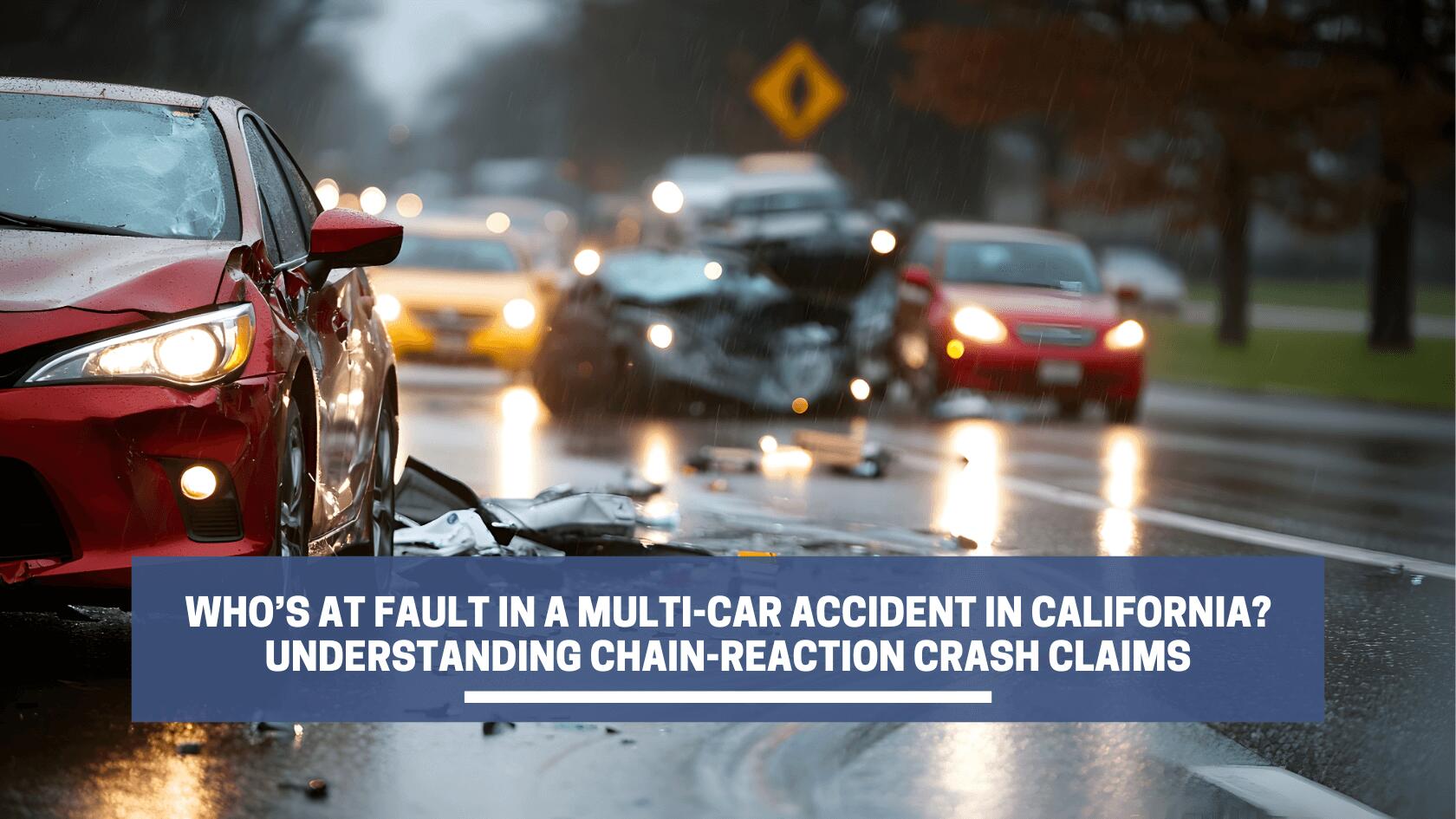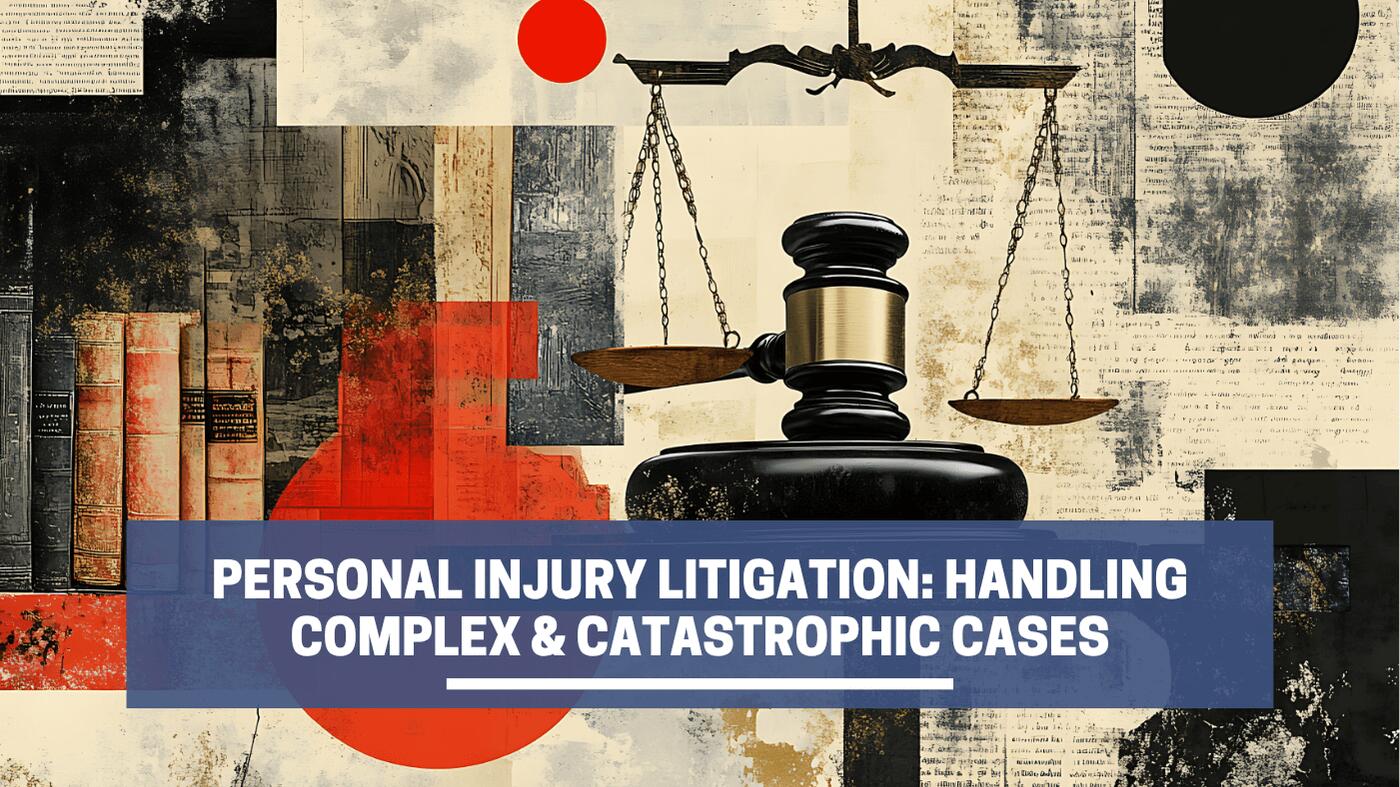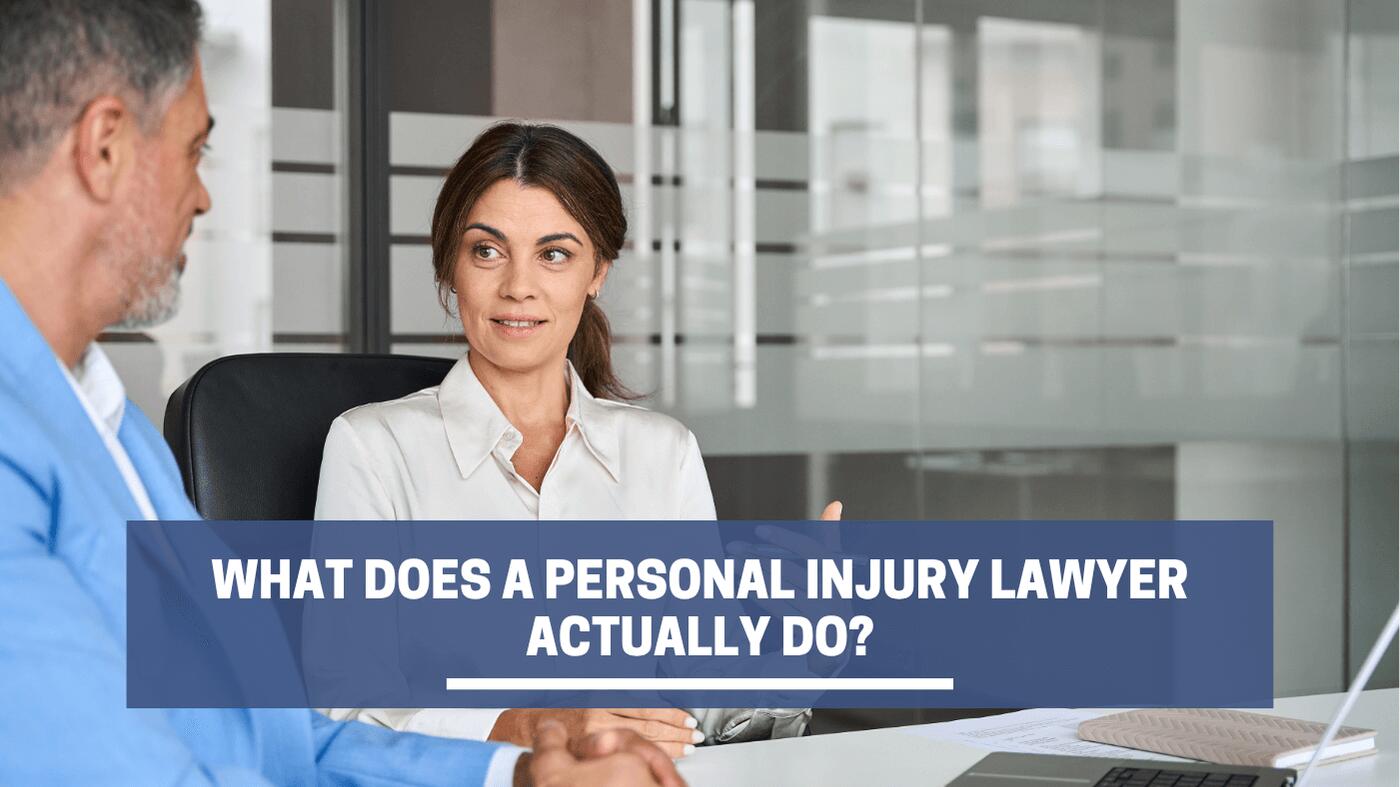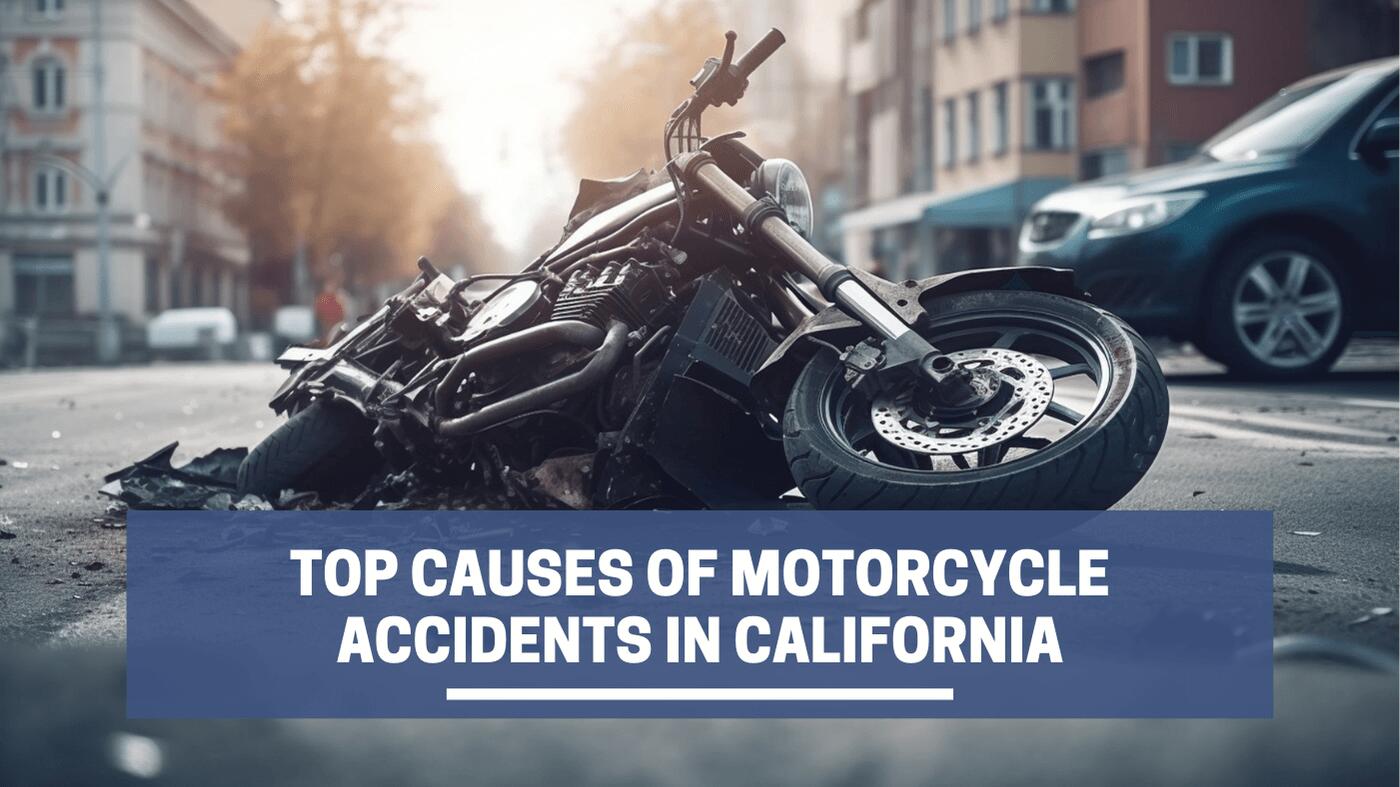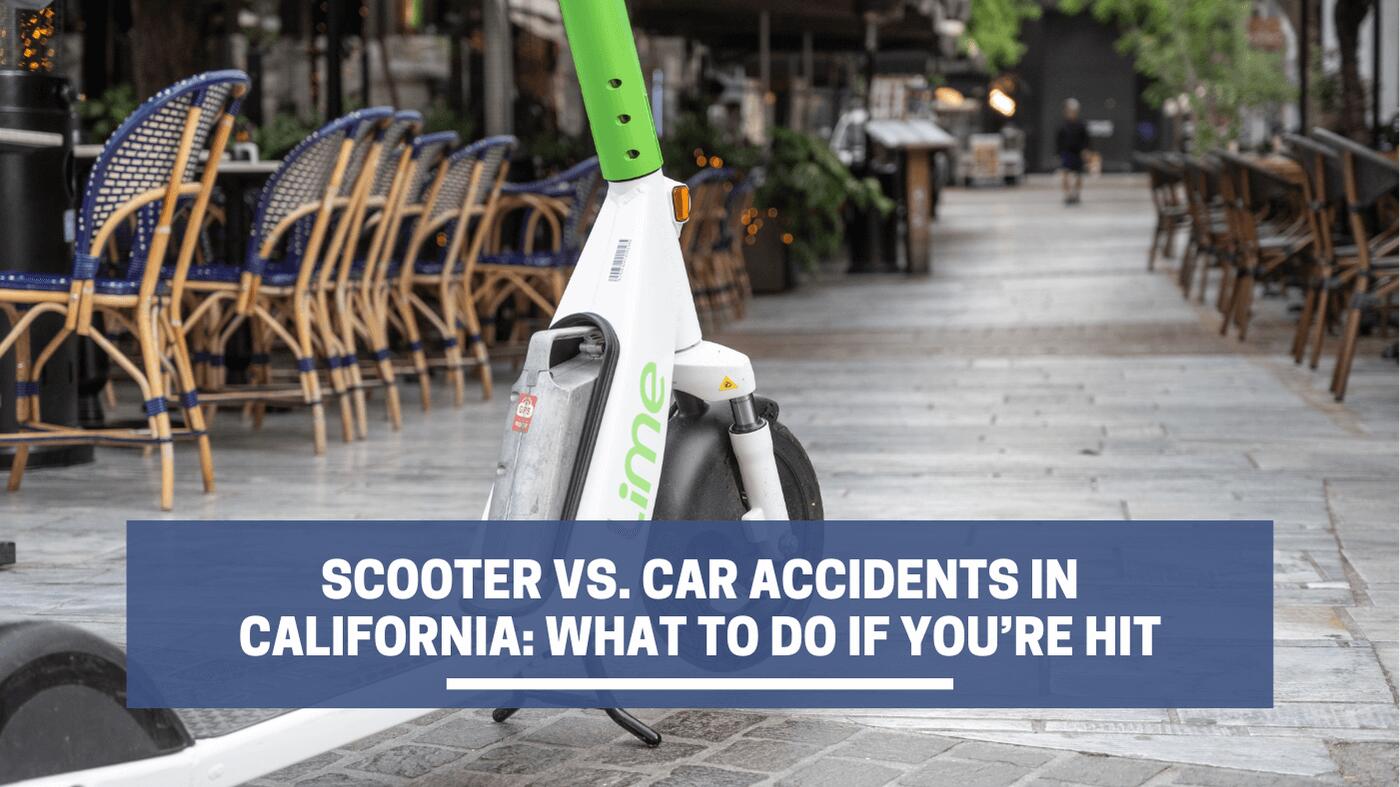Multi-car accidents can unfold in seconds—one moment you’re sitting in traffic or changing lanes, and suddenly you’re hit from behind, pushed forward, or caught in a collision you couldn’t avoid. In the middle of the confusion, it’s not always clear who caused the crash or what comes next.
With multiple vehicles involved, there are often conflicting accounts, overlapping impacts, and more than one driver who may share responsibility. If you are facing serious injuries, medical bills, and missed work, you might have questions about how to file a claim and how long it will take to receive compensation.
Learn how California car accident fault laws determine liability in a multi-car pileup, what might affect your settlement amount, and why having a skilled attorney can help you win the support you’re entitled to.
What Is a Multi-Car Accident?
A multi-car accident—often called a pileup or chain-reaction crash—involves three or more vehicles. These collisions frequently happen on highways or at intersections, where traffic congestion, speed, and limited reaction time can trigger a series of impacts.
Unlike a typical two-vehicle crash, where liability may be more straightforward, accidents with multiple vehicles often involve a mix of contributing behaviors, delayed reactions, and secondary collisions. One driver might cause the initial crash, but others may also share responsibility based on how they responded—or failed to respond.
Common Causes of Multi-Car Accidents
Every pileup has a starting point, but fault in a multi- or 3-car accident insurance claim doesn’t always rest with a single driver. Many chain-reaction crashes involve a combination of poor decisions or unsafe conditions.
Some of the most common contributing factors include:
- Following too closely. Drivers who tailgate may not have enough space to stop in time when traffic slows or stops unexpectedly, often causing a rear-end collision that triggers a crash with three or more vehicles.
- Distracted driving. A moment of inattention, such as reading a message or adjusting a navigation system, can delay braking and lead to an initial impact that sets off multiple collisions.
- Speeding. Excessive speed makes it harder to stop and increases the force of a crash, often pushing one vehicle into several others.
- Unsafe lane changes. Merging without signaling or checking blind spots can cause abrupt reactions from nearby drivers, resulting in sideswipes or overcorrections that lead to multi-car collisions.
- Sudden stops. Abrupt braking in heavy traffic can catch other drivers off guard and trigger a series of rear-end crashes within seconds.
- Hazardous weather conditions. Rain, fog, or glare can limit visibility and traction, increasing the chance that one vehicle’s loss of control will affect several others.
- Driving under the influence. Impaired judgment and delayed reaction time often result in drivers missing key changes in traffic flow, causing collisions that quickly involve multiple vehicles.
In most cases, the person who caused the first collision is a focus of the investigation, but other drivers may also be partially liable based on their behavior in the moments before or during the crash.
Who’s at Fault in a Pileup? How Investigators Determine Liability
In California, determining chain-reaction crash liability requires close examination of the crash scene and supporting evidence. Investigators, insurance adjusters, and attorneys rely on the following:
| Evidence | What It Is | How It Helps Determine Fault in a Pileup |
|---|---|---|
| Police Reports | Statements, diagrams, and citations recorded by law enforcement at the scene. |
|
| Physical Evidence | Damage to vehicles, skid marks, debris, and vehicle placement after the crash. |
|
| Witness Accounts | Statements from people who saw the crash unfold from different angles, such as passengers, other drivers, or bystanders. |
|
| Surveillance or Dashcam Footage | Video from traffic cameras, dashcams, or nearby buildings. |
|
| Accident Reconstruction Experts | Trained specialists who analyze evidence like black box data and skid marks to recreate how the crash happened. |
|
Gathering this evidence helps all parties understand how each vehicle contributed to the outcome and assign responsibility under California’s comparative fault laws.
Why These Cases Aren’t Always Straightforward
Domino-style or rear-end multi-car collisions often involve simultaneous claims, multiple insurers, and contradicting stories of what happened. When several vehicles are involved, liability may be divided among more than one party, and not everyone will agree on how that division should look.
California follows a pure comparative negligence system for personal injury multi-car crash claims. This means:
- Each driver is assigned a percentage of fault based on their contribution to the crash.
- If a driver is partially at fault, they can still recover damages, but their share of responsibility reduces their recovery.
Here’s an example:
Driver A is rear-ended by Driver B, who was then hit by Driver C. In this scenario:
- Driver A suffers $100,000 in damages and is found 10% responsible
- Driver B is assigned 60% of the blame
- Driver C is assigned the remaining 30%
Because California uses a pure comparative negligence system, Driver A can still recover $90,000, reduced by their 10% share of responsibility. Drivers B and C (or their insurers) would be responsible for paying their respective shares—60% and 30%—based on their fault in the crash.
In cases involving only economic damages, California’s joint and several liability rules may allow Driver A to recover the full amount from either party, who can then seek reimbursement from the other.
While this system allows partially at-fault drivers to seek compensation, it also opens the door to disputes. Insurers may attempt to shift blame to reduce their financial exposure.
How Shared Fault Affects Injury Compensation
Even if you didn’t cause the crash, another driver’s insurer may claim that your actions contributed to it. Perhaps you were following too closely, or your brake lights weren’t working. You can still seek compensation, but your total award could be reduced.
Insurance companies often look for ways to minimize payouts, particularly when multiple policies and injured parties are involved. Some common complications include:
- Multiple insurance companies disputing fault
- Delays in claims processing due to differing testimonies
- Difficulty proving you were 100% not liable
- Disagreements over how much each driver’s actions contributed to the final outcome
These disputes are especially stressful when medical bills, lost wages, and long-term injuries like whiplash and broken bones, head trauma, or spinal cord damage are involved. Without clear documentation and strong advocacy, you may be responsible for paying out-of-pocket for expenses that other parties should have covered.
Why You Need Legal Representation After a Multi-Car Crash
In a pileup with several drivers and insurers, protecting your rights is tough without legal help.
An experienced multi-car accident lawyer in California can step in to protect your interests by:
- Conducting a full investigation. Attorneys can collect traffic camera footage, request black box data, interview witnesses, and consult with accident reconstruction experts.
- Communicating with multiple insurers. Your attorney coordinates all communication and advocates for you by responding to adjusters, managing claim discrepancies, and making sure your side of the story is backed by evidence.
- Pushing back against unfair fault assignments. If an insurer tries to shift blame without evidence, your attorney can dispute those findings with strong evidence that shows you were not responsible for the collision.
- Calculating full damages. An experienced lawyer will seek a fair settlement covering not only immediate costs like vehicle damage or medical bills, but also lost income, future care needs, and emotional distress.
- Negotiating or litigating as needed. Whether through settlement or court, your legal team will work to resolve disputes in a way that protects your rights and financial recovery.
The right legal representation after a pileup can prevent insurers from placing unfair blame or minimizing your claim, helping you get the support you need to recover and move forward.
Talk to an Attorney About Your Accident
Being involved in a multi-car accident can leave you overwhelmed, caught between conflicting stories, denied claims, and with mounting medical bills. Trying to untangle the aftermath while focusing on recovery is no easy task.
If you’ve been injured in a California pileup, a personal injury attorney can help you understand what happened, clarify your legal options, and take the next steps toward fair compensation.
Contact a qualified attorney for a free consultation and take the first step toward protecting your health, rights, and future.







